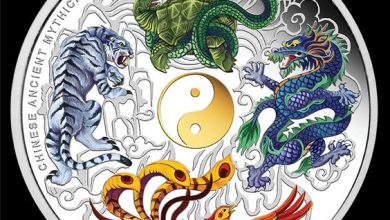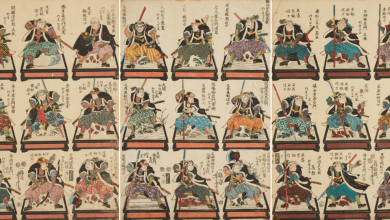Beneath the serene surface of Qiandao Lake, nestled amidst the picturesque landscapes of Zhejiang Province in China, lies a lost city – the Lion City. This ancient marvel, often referred to as the “Chinese Atlantis,” offers a glimpse into a bygone era, preserved in an underwater time capsule.

Origins and History:
The Lion City, also known as Shicheng, boasts a captivating history. While its exact origins remain a subject of debate, archaeologists believe it was built sometime between the Han Dynasty (25-220 AD) and the Tang Dynasty (618-907 AD).
Its name, “Lion City,” is derived from its proximity to the majestic Wu Shi Mountain, also known as the “Five Lion Mountain.” Throughout its history, the city flourished as a crucial political and commercial center, its bustling streets echoing with the energy of trade and cultural exchange.

Submerged Treasure:
Tragically, the Lion City’s fate changed in 1959 with the construction of the Xin’an River hydroelectric station. To create the reservoir, the city was deliberately submerged beneath the rising waters of Qiandao Lake. This decision, while providing vital energy resources, forever altered the landscape and submerged a valuable piece of history.

Unveiling the Past:
Despite being submerged for over 50 years, the Lion City has remained remarkably well-preserved. The cool, clear waters of the lake have acted as a natural preservative, protecting the city’s ancient structures. Today, the Lion City stands as a testament to the ingenuity and craftsmanship of its builders.
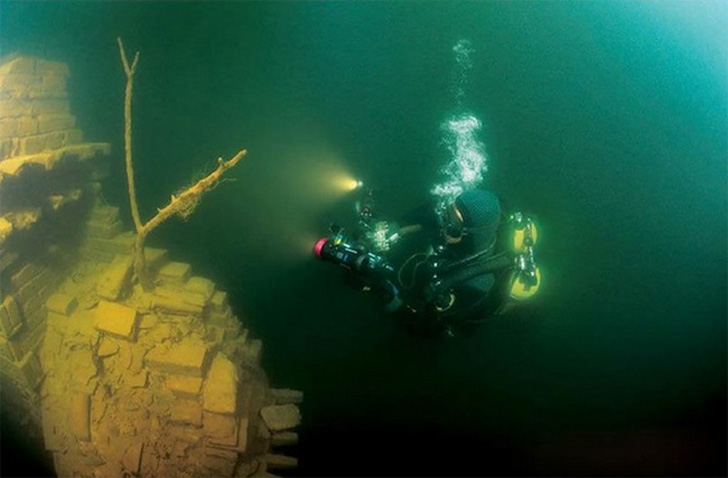
Divers can explore the city’s maze-like streets, lined with buildings constructed from wood and stone. Five majestic gates, each adorned with intricate carvings, stand as silent sentinels, guarding the city’s secrets. Temples, bridges, and even a 265-archway bridge offer a glimpse into the daily lives of the city’s inhabitants.
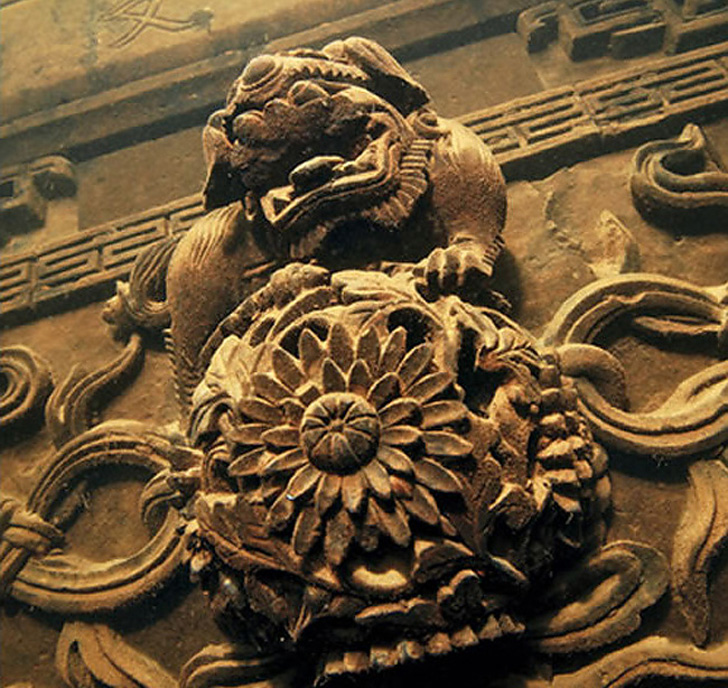
Tourist Attraction and Archaeological Site:
The Lion City has become a popular tourist destination, attracting visitors from across the globe. Tourists can experience the wonder of this underwater world through glass-bottom boats or by scuba diving and witnessing the city’s submerged beauty firsthand.
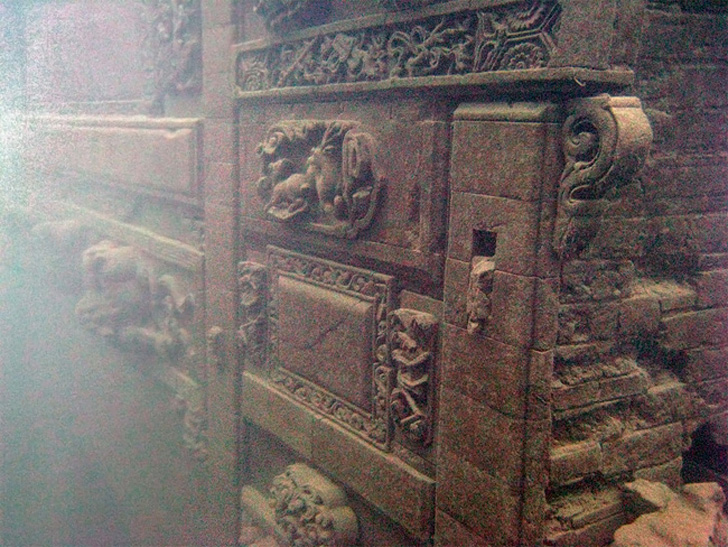
Beyond its tourist appeal, the Lion City also holds immense archaeological significance. Ongoing research and excavation efforts continue to shed light on the city’s history, culture, and societal structure. These discoveries enhance our understanding of ancient China and provide valuable insights into the lives of its people.
The Future of the Lion City:
The Lion City stands as a reminder of the delicate balance between progress and preservation. While its submersion was a necessary sacrifice for the development of the region, it also serves as a cautionary tale about the importance of protecting our cultural heritage.
The Chinese government has recognized the city’s significance, implementing measures to protect and preserve its underwater structures. Ongoing research and conservation efforts aim to ensure that this remarkable time capsule remains a source of wonder and knowledge for generations to come.

The Lion City, though submerged, continues to captivate the imagination with its beauty and historical importance. As we explore its depths, we not only discover a lost world but also gain a deeper appreciation for the enduring legacy of ancient China.
Beyond its historical significance, the Lion City serves as a powerful reminder of the impermanence of human endeavors. It stands as a testament to the ingenuity and resilience of past civilizations, while offering a glimpse into the potential impact of our actions on the world around us.
Additional Information:
- Location: Qiandao Lake, Zhejiang Province, China
- Approximate age: 1400 years (estimation)
- Reasons for submersion: Construction of Xin’an River hydroelectric station and reservoir
- Current status: Submerged, accessible by glass-bottomed boats and diving
- Significance: Historical and cultural heritage site
The Lion City is not just an ancient ruin; it is a living monument to China’s rich history and a reminder of the enduring power of human creativity and resilience.
